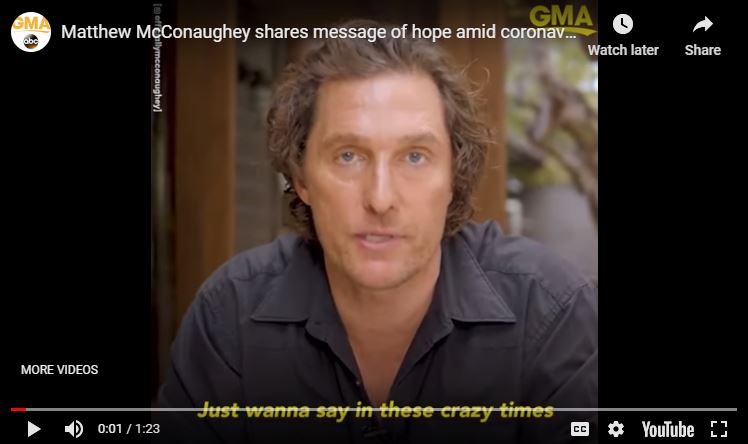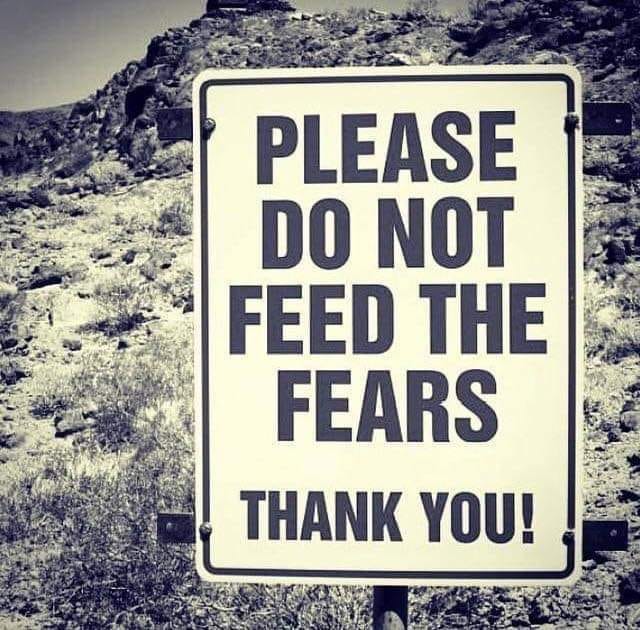
Dr. Nicole Apelian is an herbalist, a mother, a survival skills instructor, and a biologist. She graduated with a degree in Biology from McGill University in Canada and has her Master’s degree in Ecology from the University of Oregon. She earned her Doctorate through Prescott College while working as an anthropologist and ethnobotanist in Botswana.
She has spent years living in nature with the San Bushmen of the Kalahari Desert, one of the last indigenous peoples who still live as hunter-gatherers. Developing strong relationships within the tribe helped Nicole learn many of the remedies and skills she practices and teaches today.
An unexpected diagnosis of MS in 2000 led Nicole to apply her research skills towards her own personal wellness. She focused on a healthy living strategy, including deep nature connection and gratitude practices. Through changes in her lifestyle, and using her own remedies, Nicole went from bedridden to being fully alive and from surviving to thriving.
She believes that there are many more people who need to find their own remedy. This became her life’s mission and the main reason for writing this book. In it she poured over 28 years of plant knowledge and her first-hand experiences of making her own poultices, tinctures, decoctions, salves, syrups, infused oils, and other herbal remedies.






